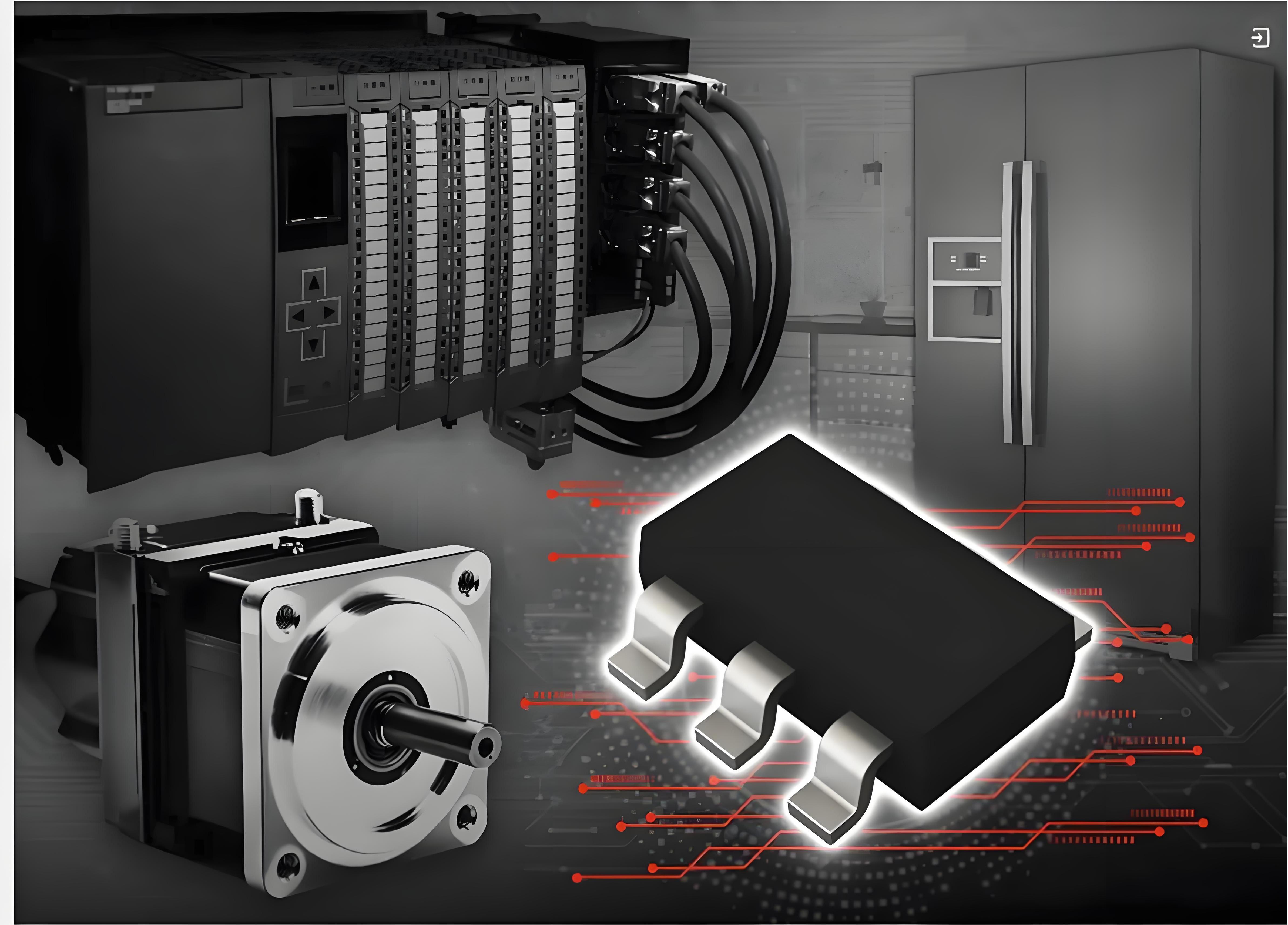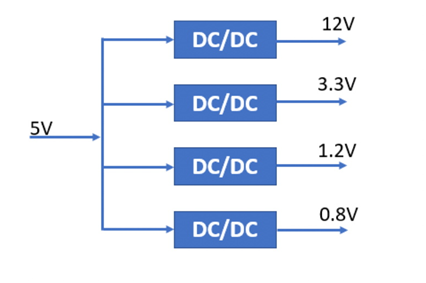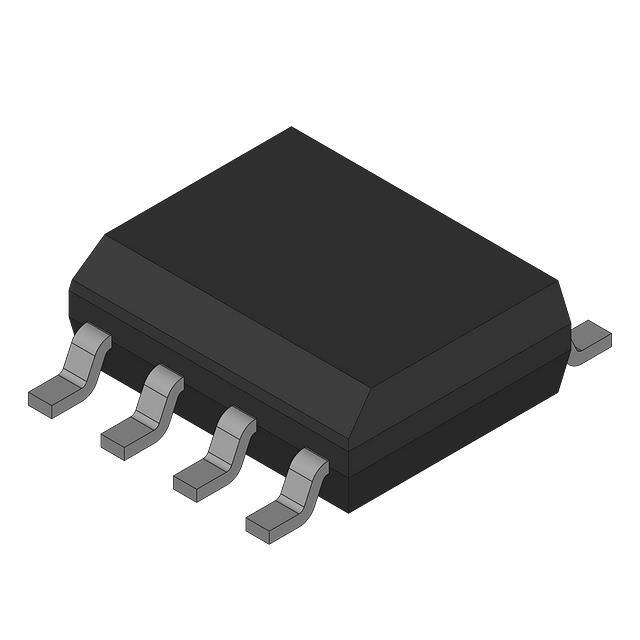What is a DC-DC converter and how does it work?
A DC-DC converter is an electronic device that converts direct current (DC) into another type of direct current. It is widely used in portable device charging, automotive electronic systems, industrial control and other fields.

The development history of DC-DC converters
In the early days, DC conversion was achieved through oscillation circuits, motor-driven generators and other methods, which were inefficient and costly. After the emergence of power semiconductors and integrated circuits, high-frequency AC conversion was adopted to reduce costs, and transistor power supplies gradually became popular. After the emergence of solid-state switching circuits, switch switching technology greatly improved conversion efficiency, and power-stage field-effect transistors and synchronous rectification technology further optimized performance. Modern DC-DC converters are developing towards high efficiency, miniaturization and high reliability. New converters are constantly emerging and performance continues to improve.
Working principle of DC-DC converters
DC-DC converters are based on energy storage elements such as inductors and capacitors, and cooperate with the fast on and off of switching devices to achieve the conversion of input DC voltage. Taking the common buck DC-DC converter as an example, when the switch is turned on, the input voltage is applied to the inductor, the inductor current increases linearly, and energy is stored; when the switch is turned off, the inductor releases energy to the load through the freewheeling diode. By adjusting the ratio of the on-time and off-time of the switch (duty cycle), different output voltages can be obtained.
Main types of DC-DC converters
Buck: The output voltage is lower than the input voltage. When working, the switch is periodically turned on and off. When turned on, the input power charges the inductor, and the electrical energy is converted into magnetic energy and stored in the inductor; when turned off, the inductor will continue to flow the stored magnetic energy through the diode to supply power to the load. For example, converting 5V voltage to 3.3V provides a suitable operating voltage for chips with lower power requirements.
Boost: The output voltage is higher than the input voltage. When the switch is turned on, the inductor is connected to the input power supply to store energy; after the switch is turned off, the inductor induces a back electromotive force, which is superimposed on the input voltage and output to the load through the diode to achieve boost. For example, in some portable devices, a single lithium battery is used for power supply, and its voltage range is 2.75V - 4.2V, while some circuits require 5V voltage. At this time, a boost DC-DC converter can meet the demand.
Buck-Boost: The output voltage can be higher or lower than the input voltage. By controlling the on and off of the switch tube, the current path is changed to achieve the buck-boost function. For example, in the automotive power system, the battery voltage fluctuates with the working conditions of the car. The buck-boost DC-DC converter can convert the unstable battery voltage into a stable DC voltage to power various electronic devices in the car.

Due to the large number of sub-circuits in some complex devices, it is necessary to meet various voltage requirements that are different from the battery or AC power supply that powers the device. This is where the DC-DC converter comes in handy and provides a step-by-step voltage reduction according to the requirements shown in Figure 1.
DC-DC converter workflow
Control circuit: Generates a pulse width modulation (PWM) signal, and by changing the duty cycle of the PWM signal, accurately controls the on and off time of the switch tube to adjust the output voltage.
Switching circuit: Driven by PWM signal, it can quickly turn on and off, and chop the input DC voltage into a series of pulse voltages.
Energy storage filter circuit: It is composed of inductors, capacitors and diodes. The inductor stores energy when the switch is turned on and releases energy when it is turned off. The capacitor is used to smooth the output voltage and reduce voltage ripple. The diode plays a freewheeling role to ensure the continuous flow of current.
With its advantages of high efficiency, flexibility and small size, DC-DC converters play an important role in modern electronic devices, which has greatly promoted the miniaturization and high performance of electronic products.


